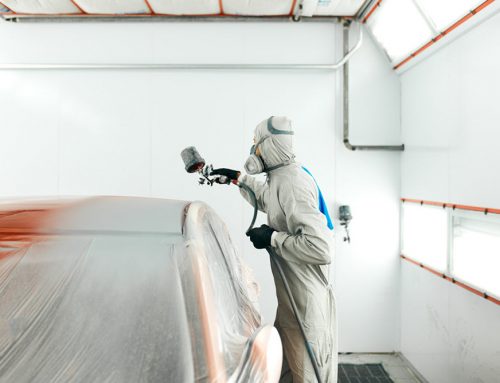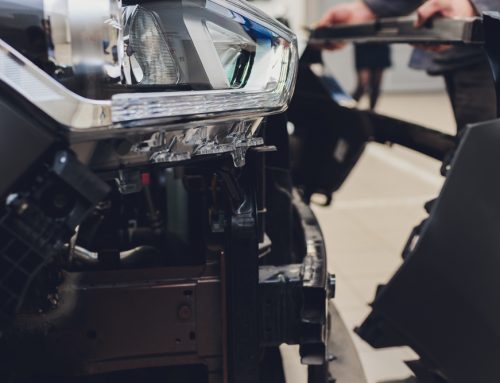Are high-speed production lines, also known as fast lines, good for the productivity of your body shop? The name evokes speed, but you still need to revisit your expectations, or you could be quickly disappointed.
What do you want to achieve with fast production lines?
A common response is: “I want my workshop to be more productive”. Fast lines, as the name suggests, are a good avenue to explore. The first prerequisite that will help you know if this is the right solution for you is as follows: your market offers a good number of small jobs. Using fast lines for repairs that are too big would be counterproductive. Since you need to assign space and technicians to your fast line, the project would quickly become a waste of time and resources and you would need to reorganize things as they were or try another solution.
Your severity grids are all different, but fast lines can generally cover your very small, small and medium repair jobs of 12 hours and under. Looking at your productivity level, you can play around with these numbers according to what you believe your fast line technicians can accomplish in a day. Your aim is to start and finish jobs as fast as possible and not let them sit in the yard. You also want to improve your key-to-key cycle time performance indicator so dear to your partner insurers or banners.
The fast line concept is ideal for business models where dealer-affiliated shops receive many quick requests for warranties or reworks to prepare used cars for sale.
All technicians have a different productivity rate, and their comfort zone may change according to the complexity of a repair. Fast lines are the perfect opportunity to assign smaller repair jobs to your technicians with less experience while maintaining their productivity at a good level. Also, you won’t need your best technicians to spend time on simple jobs as they can stay productive on bigger and more complex repairs. In short, you keep technicians where they are at their best.
Is there enough space in your shop for a fast production line?
Contrary to popular belief, a fast line does not need to be straight, like a conventional production line. However, tools and services must be positioned so technicians don’t need to move around too much.
In fact, using simple orange cones to identify your fast line repair bays would do the trick. You could call them fast bays.
For example, one of the workshops using ProgiPlanning decided to assign one section of the shop for small repairs and another one for larger repairs. The most experienced technicians work in the large repairs’ section, while small repairs are systematically assigned the less productive and experienced technicians.
Technicians can help each other as needed, but the LEAN concept of one technician per vehicle is applied whenever possible.
In conclusion, no matter how you want or can organize fast lines or bays, they will improve productivity if your market provides a lot of small jobs. It is also a practical initiative to coach talents in the company and give them experience without risking too much. To supply your fast lines and workshops and to benefit from your organization’s maximum potential, you will for sure need to use ProgiPlanning.
Author: Alexandre Rocheleau
Collaboration: Charles Aubry
Translator: Sophie Larocque
Editing: Émilie Blanchette





